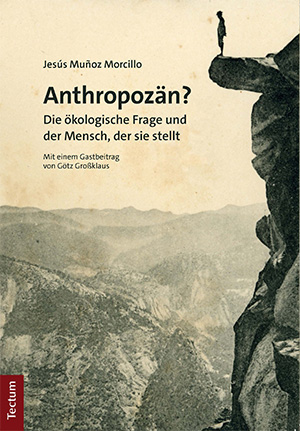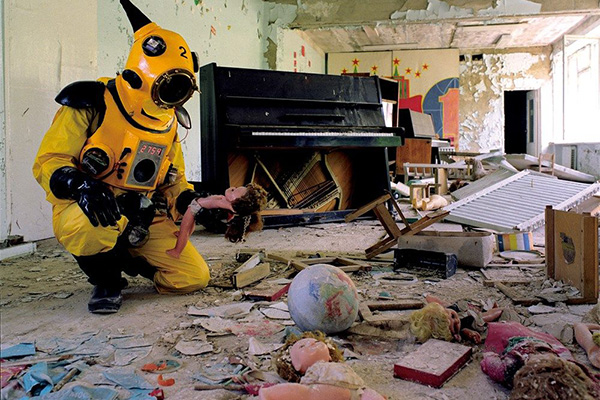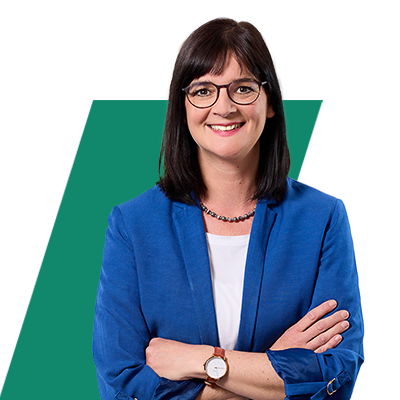Eco-futures and how we perceive their images
Ongoing project – funding secured
Funding for this project has been secured. The two-year project, based at the Chair of Art History at KIT, was supported by the Schleicher Foundation in cooperation with the KIT Foundation. If you are interested in supporting a similar project, please contact our staff. Click the "How you can support us" button to learn more about our funding opportunities.
This is what it's all about
The project, "Grasping the Pictures of Eco-Futures: Global Ecocritical Art History as Environmental Communication," brings together art historians and science communicators to contribute to the discourse on the Anthropocene, both within and outside their respective fields. The project focuses on the visual cultures of ecological management from the past and the future ("ecotopias" and "eco-futures"). To this end, a network of scientists will carry out the following activities: a lecture series on art and ecology during the winter and summer semesters of 2022–2023, a one-day authors' workshop to plan a subsequent book publication, and targeted activities in the field of public science, such as lectures, videos, and online articles. The project began on November 1, 2022, and will run for 24 months.

What we already achieved
Specifically, the following tasks were implemented:
- International networking among experts on the topic
- Organization and implementation of a lecture series entitled "Global Perspectives on Art & Ecology I & II" at KIT in the winter 2022-2023 and summer 2023 semesters, featuring internationally renowned art and science historians from Mexico, Ukraine, the USA, Spain, and Germany
- A one-day authors' workshop was implemented to plan a subsequent book publication
- The associated publication is currently in progress and expected to be released in mid-2025
Further information
Research activities
- 3.11.2022 The Power of Flowers: Сarpets, Nature and Genealogical Myths in the Eighteenth-Century Cossack Hetmanate
Halyna Kohut, Ivan Franko National University of Lviv Ukraine - 17.11.2022 Geoasthetics of the Wasteocene: Contemporary Artistic Research of Mexico City’s Lakes
Omar Olivares Sandoval, Universidad Autónoma de México - 01.12.2022 Animals on the Move. The Global Zoo in the Long Nineteenth Century
Oliver Hochadel, CSIC – Institución Milá y Fontanals (IMF), Barcelona - 08.12.2022 Kenji Yanobe's Atom Suit Project in Chornobyl: An Ecocritical and New Materialist Interpretation
Nazar Kozak, Ethnology Institute of the National Academy of Sciences of Ukraine - 09.02.2023 Greek Mythology and the Aesthetics of Earthly Entanglements. On the Book Anthropozän? Die Ökologische Frage und der Mensch, der sie stellt (2022)
Jesús Muñoz Morcillo, Karlsruher Institut für Technology - 16.02.2023 The Role of Waste Management and Ecocritical Discourse in the Conservation of Italian Fascist Monuments
Sophia Farmer, University of Arkansas – Fort Smith - 27.4.2023 STRATUM – Gegenwartskunst als geo-ästhetische Kritik nicht-nachhaltiger Megastadtentwicklung im Globalen Süden
Peter Krieger, Universidad Nacional Autónoma de México (UNAM) - 25.05.2023 (Post-)Byzantine Akathistos Cycles and the Natural World: An Ecocritical (Re)Interpretation
Nazar Kozak, Ethnology Institute of the National Academy of Sciences of Ukraine - 15.6.2023 Precious Mutations: Pearls, Critters, and the Order of Nature
Mónica Domínguez Torres, University of Delaware
Facts and figures
November 1, 2022 to April 30, 2026
Funding required:
€8.000
Funding sources:
Schleicher Foundation, Frankfurt am Main, in cooperation with KIT Foundation
Project responsibility KIT:
PD Dr. Jesús Muñoz Morcillo and Prof. Dr. Oliver Jehle.
PD Dr. Jesús Muñoz Morcillo is a member of the Institute of Art History at KIT.
Prof. Dr. Oliver Jehle is the Chair of Art History.
"Images and works of art influence how we perceive and interact with nature. Our project analyzes this phenomenon and provides resources for creating an ecologically just future.“
PD Dr. Dr. Jesús Muñoz Morcillo
- Project Manager -



 In Kooperation mit der KIT-Stiftung
In Kooperation mit der KIT-Stiftung




